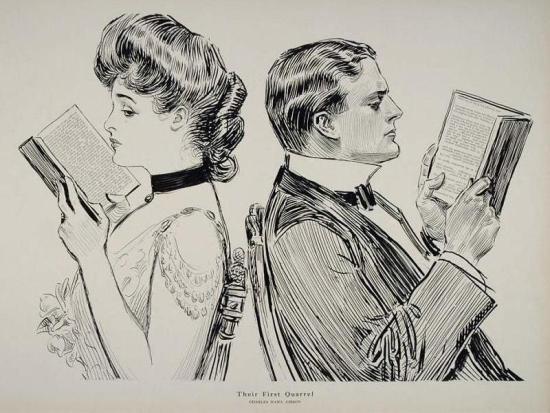From Smithsonian Magazine
Women Were Better Represented in Victorian Novels Than Modern Ones
Big data shows that women used to be omnipresent in fiction. Then men got in the way.
By Kat Eschner
Since the birth of modern English-language novels in the 1700s, male and female characters from Paul Atreides to Elizabeth Bennet have laughed, grinned, felt and acted through their pages. A new study conducted using a machine learning algorithm has offered fresh perspective on their histories. “The Transformation of Gender in English-Language Fiction,” published this week in the journal Cultural Analytics, analyzed the presentation of gender in more than 100,000 novels, finding a paradox when it came to novels of the 20th century: as the rigid gender roles seemed to dissipate, indicating more equality between the sexes, the number of women characters — and proportion of women authors — decreased.
Built by study author Ted Underwood, a professor of English and of Information Sciences at the University of Illinois, and his coauthor information scientist David Bamman of University of California at Berkeley, the algorithm analyzed the characters and authors of 104,000 novels — far more than you’ll read in a lifetime. Underwood and Bamman originally built the algorithm for a previous study on characterization: they were joined in the current study by coauthor Sabrina Lee, a graduate student at the University of Illinois. The novels were selected primarily from the HathiTrust Digital Library and represented a selection of bestsellers from the years 1703 to 2009. The list includes popular titles like Pride and Prejudice, Dune and some of the novels of Raymond Chandler....










